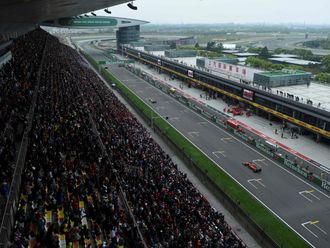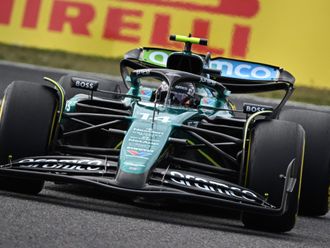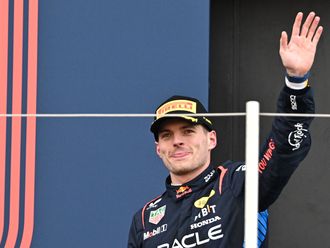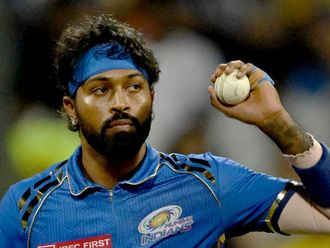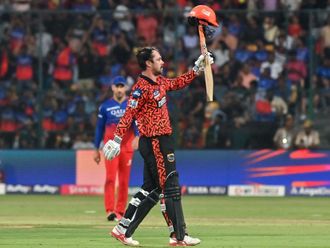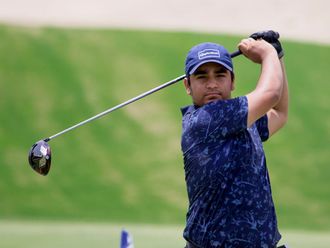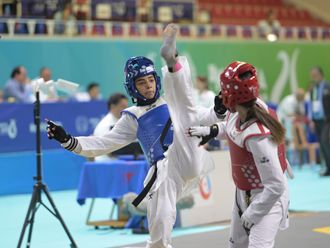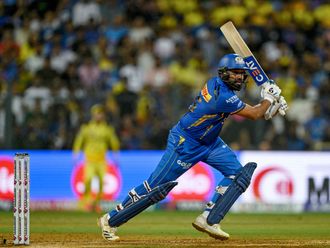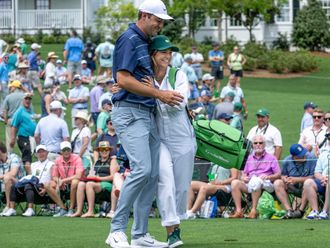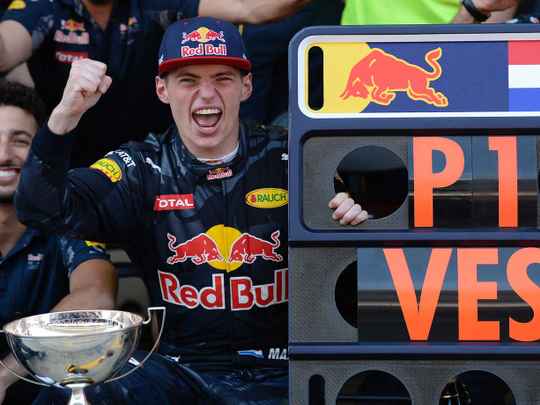
Formula 1 is a funny old game. This time last week we were up in arms questioning the harsh decision by Red Bull to ‘demote’ Daniil Kyvat to Toro Rosso, and ‘promote’ Max Verstappen the other way.
It was harsh, considering it was so early in the season. But Kyvat is still an F1 driver, a luxury rarely afforded to anyone else who has been given the boot.
Still, Red Bull’s decision to give Verstappen a crack at the whip was vindicated. The 18-year old won in his first race for the senior Red Bull squad, on merit, holding off both Ferraris and his team mate.
Much praise indeed. We will love him until his fourth consecutive world title when we’ll start calling the sport boring again.
It is testament to Red Bull’s junior driver programme – they invest in youth, and this investment translates into results. The programme has given us Sebastian Vettel, Daniel Ricciardo, Daniil Kyvat, Carlos Sainz Jr, and Max Verstappen.
It also gave us Jean-Eric Vergne, who we may not have seen the last of.
Of course, for every career made there have been careers ended. Sebastian Buemi and Jaime Alguesuari couldn’t cut the mustard so were shown the door, and several other drivers like Brendan Hartley never even made it to a race seat.
On balance, it works. For all their moaning, the Red Bull set-up has given the sport some great talent. It’s given them four drivers’ titles and four constructor’s titles. The team can be proud of the names it has brought into F1.
Which leads us on to Ferrari.
What is the point of the Ferrari Driver Academy? It’s supposed to be the same sort of thing as Red Bull’s, but very little has come of it.
With the tragic exception of the late Jules Bianchi, only Sergio Perez came through the ranks. He was given a race seat in a Ferrari-powered Sauber but was dropped by his parent Maranello side and moved to McLaren, which didn’t work out.
The current four drivers in the scheme are Guiliano Alesi (son of ex-F1 driver Jean Alesi), Charles Leclerc, Guanyu Zhou, and Antonio Fuoco. One would hope that at least one of them, one day, ends up in a Ferrari seat.
But there’s a problem: Ferrari don’t care about driver development. They only ever employ drivers who are proven winners, or at least offer race wins and titles.
During the Schumacher era it was clear who ruled the roost, and a second driver coming on board would need to acknowledge they were a number two – Eddie Irvine, Rubens Barrichello, and Felipe Massa.
After Schumacher retired, the natural flux was for just two quick drivers. There wasn’t much between Raikkonen and Massa, Massa and Alonso, Alonso and Raikkonen, and Raikkonen and Vettel.
Thinking back, it’s hard to recall a time when Ferrari gave a chance to a youngster.
While Red Bull have the luxury of Toro Rosso, Ferrari prefer to send their junior men out to other junior teams (with Ferrari engines), hoping they will learn how to become winners.
Raikkonen won’t be around in the sport for much longer, and a new teammate will be needed to partner Vettel.
Drivers with Ferrari power are aware of this and like to curry favour. Romain Grosjean, for example, is saying all the right things with Haas-Ferrari to impress Maranello bosses, just like Sergio Perez used to do.
Grosjean is certainly a contender and, so to, is former Red Bull teammate Ricciardo. Valtteri Bottas is also in the frame, as is Jenson Button (who being the eldest driver in F1 would likely only be used a stop-gap).
Tellingly, it is reported that Ferrari spoke with Max Verstappen about a switch to Maranello. All too aware of the talent they have on their hands, Red Bull responded by issuing him with a new contract and big-boy seat, locking him down.
‘Get your own’ young star, they said.
That’s right, Ferrari, get your own. You’ve got a programme, use it.


